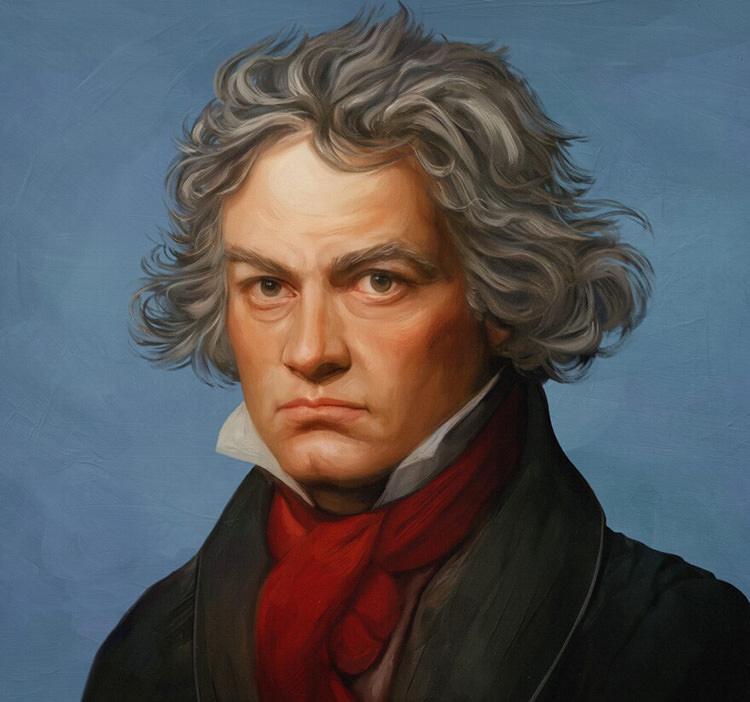
The 200th anniversary of the first performance of Beethoven’s Ninth Symphony, the choral masterpiece that was first heard by the world on May 7, 1824, in Vienna, has been celebrated globally this year. Recognized as one of the greatest achievements of Western art, this milestone has been marked with special performances around the world. On this occasion, the symphony was performed in cities such as Paris (Orchestre de Paris, conducted by Klaus Mäkelä), Leipzig (Gewandhaus Orchestra, conducted by Andris Nelsons), Milan (La Scala Orchestra, conducted by Riccardo Chailly), Vienna (two performances—one by the Vienna Symphony Orchestra under Petr Popelka, and another by the Vienna Philharmonic under Riccardo Muti), and London (National Orchestra, conducted by Rimma Sushanskaya at Cadogan Hall).
Riccardo Muti’s performance, who once visited Iran in 2017, was recorded and is set to be released soon in both video and audio formats via Apple Music and Apple Music Classical.
Beethoven’s Symphony No. 9, composed in four movements, is a monumental orchestral work, especially notable for its final movement which includes a full chorus and vocal soloists performing Friedrich Schiller’s poem “Ode to Joy.” It is Beethoven’s last complete symphony and is widely considered a pivotal bridge between the Classical and Romantic periods in Western music history. Its premiere in Vienna on May 7, 1824, was met with enthusiastic acclaim and has since been regarded as Beethoven’s crowning achievement.
The Ninth Symphony was ultimately the product of more than thirty years of work. Schiller’s popular poem Ode to Joy was published in 1785, and Beethoven likely began sketching musical ideas for it in the early 1790s. His notebooks show renewed interest in the text in 1808 and again in 1811, reflecting various attempts to set it to music. It was finally in 1812 that Beethoven decided to incorporate his setting of the poem into a grand symphony.
The story of the symphony’s first performance is widely recounted and remains the subject of debate. By the time of the premiere, Beethoven had lost his hearing completely. Though he appeared on stage as the nominal conductor, the orchestra was in fact led by Kapellmeister Michael Umlauf, who followed Beethoven’s tempo cues. According to one account, after the performance concluded, the audience erupted in applause, but Beethoven, unable to hear it, remained facing the orchestra and choir. A singer reportedly turned him around so he could witness the thunderous ovation with his own eyes. Other accounts suggest this emotional moment took place at the end of the second movement, the Scherzo, when applause between movements was customary. Regardless of when it happened, the fact that Beethoven did not respond to the audience’s cheers underscores the poignant reality that he never heard a note of his magnificent work outside the realm of his imagination.